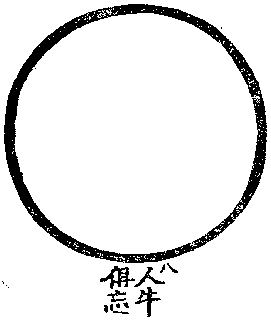This site, eAnveshan, also gives the value for a nimesha as 3.2/15 sec, or 0.21333 sec, which yields the correct calculation for the speed of light:
1 Day-Night = 30 Muhurta = 24 Hours
1 Muhurta = 30 Kala = 24/30 Hours
1 Kala = 30 Kastha = 24/900 hours = 1.6 minute
1 Kastha = 15 Nimesha = (1.6/15) min = 3.2 seconds
1 Nimesh = 3.2/15 = 0.21333... second
A Nimesh is therefore equal to 16/75 seconds. (0.21333)
If you calculate the value is,
(2202*9 miles)/((16/75)/2 sec) = 185793.75 miles/sec
Which is nothing but speed of light (Scientific value is 187372 miles)
Speed of Light Explained in Ancient India | eAnveshan
************************************
I am through with this little sidetrack of the discussion. It was just an added tidbit anyway. It does appear that the original reference to the Hindu calculation of the speed of light does contain an error, and it probably amounts to a misplaced decimal point or something akin to half or double the intended value, but since we have numerous other references to the value of a nimesha being 0.21333 sec, and not the erroneously derived value of .533 sec which Beyondo calculated from what appears to be an erroneous value to begin with. That a nimesha is .533 sec is nowhere to be found. Therefore, I am satisfied with the value set at 0.21333 sec, and will now close this part of the discussion, unless Beyondo has anything pertinent to add.

